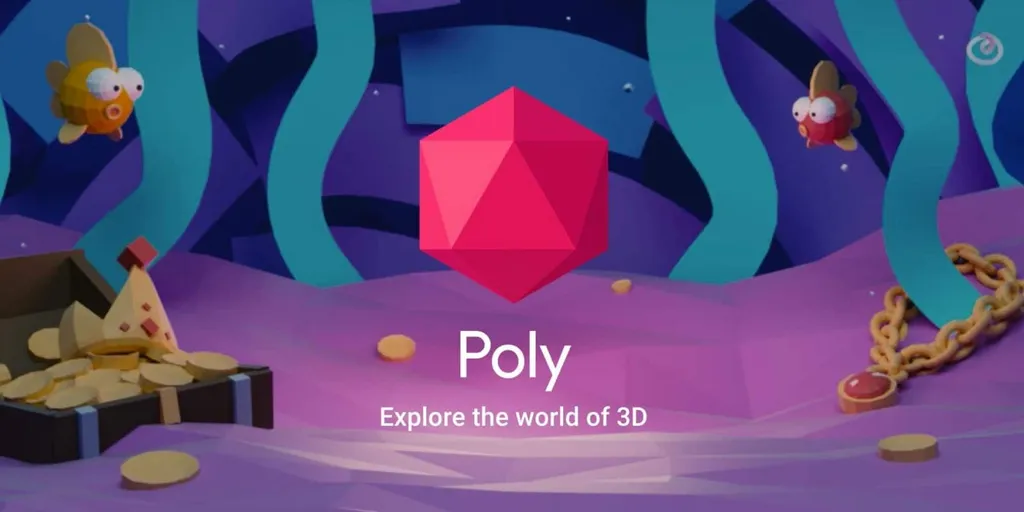Last week Google announced it would soon be shutting down Poly, its online platform for storing and sharing 3D assets made in apps like Tilt Brush, Blocks and others.
The news has wide-reaching implications for many VR artists that had depended on the service for the past few years. Those artists, especially those working with Google’s own creative VR tools, will need to download their existing libraries before the service is taken fully offline on June 30th 2021 and then find a new home for that work. For some, though, this is about more than the inconvenience.
UK artist Rosie Summers has been storing her work on Poly for the past three years. She regularly relies on Google’s services as a means of preserving and promoting her work. Indeed, even sharing her work from Poly in this post below takes just a few simple clicks to embed. Though if you’re reading this after June 2021 those embeds probably aren’t there anymore.
“Poly is the centerpoint of the VR artist community,” Summers told me. “So many creators rely on the site as an easy way to share and promote their works with their audiences. I’ve recently released my VR advent calendar that users download via Poly, so followers can join in with the festivities. I use Poly’s 3D viewer nearly every day to share work in progress with clients, as being able to navigate a scene in 3D is so much more immersive than a couple of screenshots.”
But Summers also says that Poly provides a crucial pool of resources for other applications, allowing easy importing of VR-made assets to create unique virtual assets. “Applications such as VRChat, Wave, and ARize have all had the ability to integrate artworks from Poly to create immersive landscapes, exhibitions and galleries that groups of users can experience together,” she adds. “Lots of artists used platforms like this to promote and sell their digital artworks, so Poly shutting down means a vital revenue stream is lost during a pandemic that is proving to be exceptionally tough on creative industries.”
The strains of the COVID-19 pandemic aren’t the only reasons Summers says the timing is less than ideal. “To me the timing of the shutdown is particularly odd, as the cost of entry to VR is rapidly falling, and it feels like the XR content revolution is about to begin. Poly would and should have been a key component in the digital asset space.”
In the wake of the news, many people have pointed to a similar third-party resource, Sketchfab, as a suitable replacement for Poly. Summers, however, says that many of Poly’s alternatives still don’t have the basic support and features that Poly offered for free, like unlimited private hosting. “Poly is more than a site, it’s a community at the core of the digital VR art revolution, and shutting it down will fracture the community,” she says.
To that end, Summers is now promoting a recently-launched petition. It asks not for Google to roll back its Poly plans but instead make the platform open source so that others may continue to carry the torch. The petition has amassed over 500 signatures at the time of writing, and Summers also has hopes for other alternatives. “A community-led effort to create an open-source replacement to the site is already in the works, hoping to re-implement and improve on Poly’s core features, in a way that keeps artworks and heritage safe from being lost to time when large corporations choose to no longer support a platform.”






























